Learning Institution
Alexander-Ingram School Holds Important Place in Local History
Writer / Beth Wilder
Photography Provided
On Shelby Street, also known as Reverend Thurmond Coleman Boulevard, stands an art-deco-style brick building with an important history. It was constructed in 1929 and 1930, to be the 13th county elementary school for black students, and was known as the Jeffersontown Colored School until it was renamed Alexander-Ingram after desegregation. Before it was built, however, blacks in the Jeffersontown area attended school in far less impressive buildings.
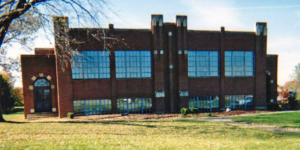 The Jeffersontown Colored School dates back unofficially to 1875, when it was mentioned in minutes of the Jefferson County Board of Education meetings. One of the earliest schools available for black children in Jeffersontown was a one-room building next to the old St. Paul United Methodist Church at 10525 Old Taylorsville Road, rented by the school board for $3 per month. Two teachers taught grades 1 through 8, which was normal in the early 1900s. Few children ever went beyond eighth grade at the time, and if they did, white boys went to Male or Manual, white girls attended Louisville Girls High School, and black children attended Central High in Louisville.
The Jeffersontown Colored School dates back unofficially to 1875, when it was mentioned in minutes of the Jefferson County Board of Education meetings. One of the earliest schools available for black children in Jeffersontown was a one-room building next to the old St. Paul United Methodist Church at 10525 Old Taylorsville Road, rented by the school board for $3 per month. Two teachers taught grades 1 through 8, which was normal in the early 1900s. Few children ever went beyond eighth grade at the time, and if they did, white boys went to Male or Manual, white girls attended Louisville Girls High School, and black children attended Central High in Louisville.
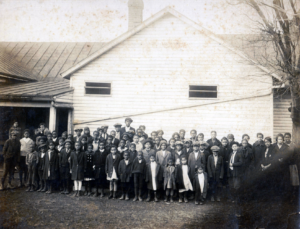 An article in The Jeffersonian newspaper from April 15, 1909, remarked that the black school was “one of the very best schools in the county – both black and white considered.” This must have been in reference to the abilities of the staff, the effort put forward by the students, and the interest shown by the parents in their children’s education, because the edition from March 16, 1911, stated that “the colored school at this place is very much like a great many of the white schools in the county – crowded to overflowing with three children sitting on one seat or desk, no way to properly ventilate the building and very unsanitary.”
An article in The Jeffersonian newspaper from April 15, 1909, remarked that the black school was “one of the very best schools in the county – both black and white considered.” This must have been in reference to the abilities of the staff, the effort put forward by the students, and the interest shown by the parents in their children’s education, because the edition from March 16, 1911, stated that “the colored school at this place is very much like a great many of the white schools in the county – crowded to overflowing with three children sitting on one seat or desk, no way to properly ventilate the building and very unsanitary.”
In June of 1912, the Jefferson County Board of Education was asked to appropriate funds for a new school building for black students in Jeffersontown. The paper noted “the colored people have made several efforts to get better service along this line and it is hoped that they will get what they need this time.” Their wish was granted in October of that year, when the two-story Harris home on Shelby Street was purchased for $1,800 to use for a new school building. It was not long before that building, too, was crowded to overflowing.
In 1929 and 1930, a Rosenwald School was constructed on the property especially for black students. Julius Rosenwald, part-owner of Sears, Roebuck and Company, worked with African American leader, educator and philanthropist Booker T. Washington to create almost 5,000 schools for black children in 15 states, most of them in the south where there was a much greater need for better schools. To receive a Rosenwald grant, the community had to raise a portion of the funding and contribute labor. The new building was erected at a cost of $14,540, then heating and plumbing were added for another $3,530. The building was unique in that it was constructed of brick and had a larger teaching staff (six) than most other Rosenwald school locations. The boys entrance and restrooms were on the right side of the building, while the girls entered on the left side. Classes, however, were mixed together.
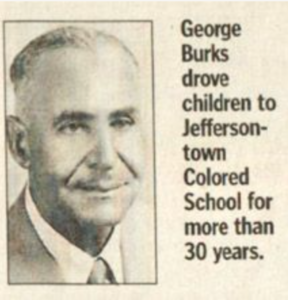 Students walked to school, sometimes from as far as three miles away, until buses were provided beginning in 1949. One of the bus drivers was George Burks, who had actually begun driving students to school in his own farm truck in 1929. He drove – accident-free – for more than 30 years, and in 2006 a bus compound on Gellhaus Lane was named for him.
Students walked to school, sometimes from as far as three miles away, until buses were provided beginning in 1949. One of the bus drivers was George Burks, who had actually begun driving students to school in his own farm truck in 1929. He drove – accident-free – for more than 30 years, and in 2006 a bus compound on Gellhaus Lane was named for him.
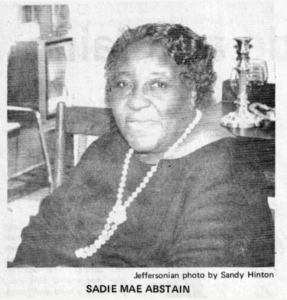
Another popular figure at the school was Miss Sadie Mae Abstain, who taught there for most of her 42-year career and served as principal for 15 years. She only missed one day of work in 42 years. She was very much loved and respected by all.
Schools remained segregated until 1956, which is around when Jeffersontown black and white schools merged into Alexander-Ingram, named after Virginia B. Alexander, who served as teacher and principal from 1922 to 1931, and Annie C. Ingram, who taught from 1914 to 1919. It seems to have been 1963, however, before the approximately 85 remaining black children were absorbed into the Jeffersontown Elementary School on College Drive, and the building on Shelby Street became known as the Jeffersontown Annex. It was used for a few more years to hold the overflow of young students in Jeffersontown, before eventually being used as a storage facility. It was sold in 1979, renovated in 1985, and added to the National Register of Historic Places as one of the last remaining Rosenwald Schools in Jefferson County.


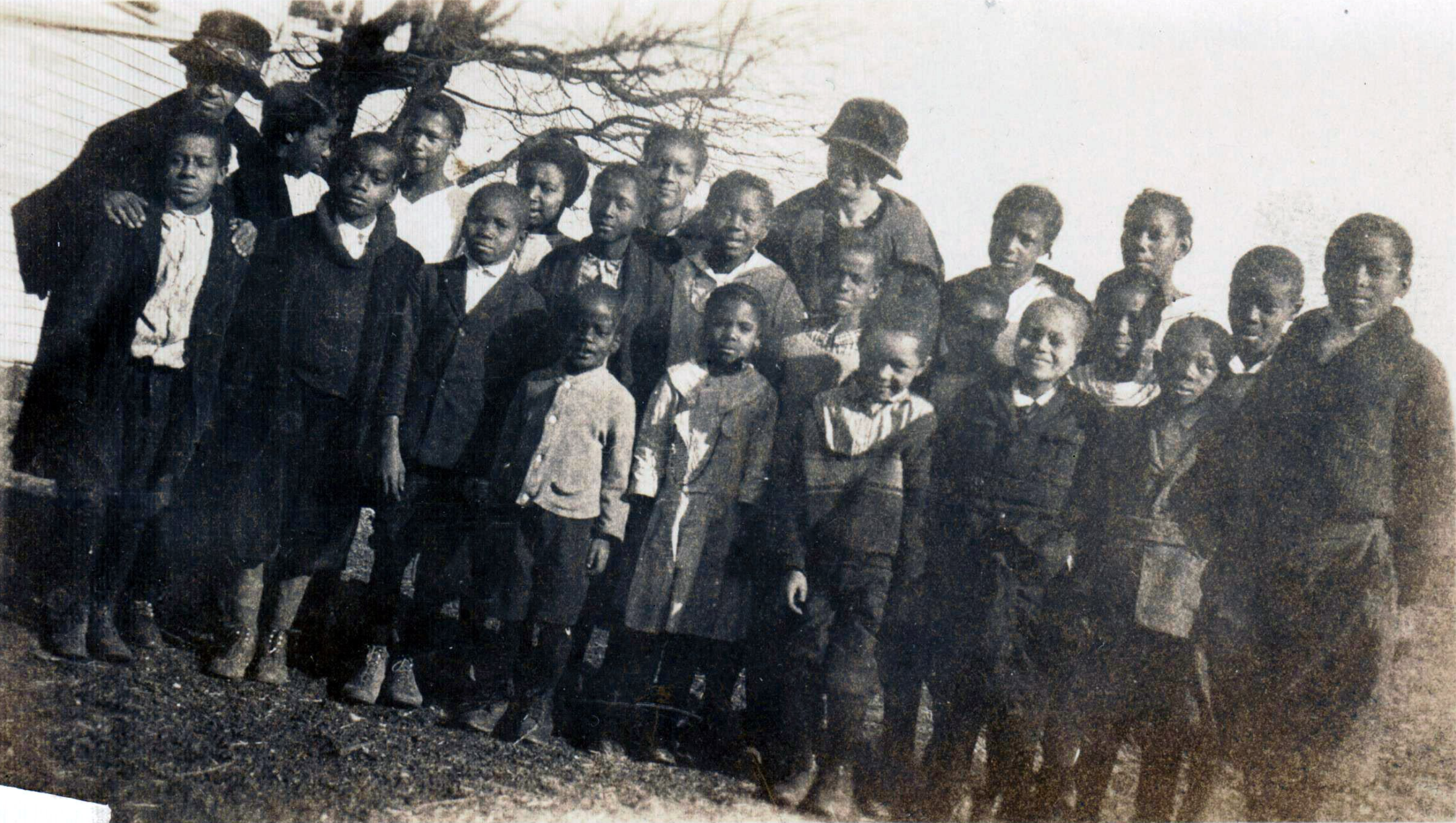




Comments 1
Claude Robinson I attended that school up until the 7th grade